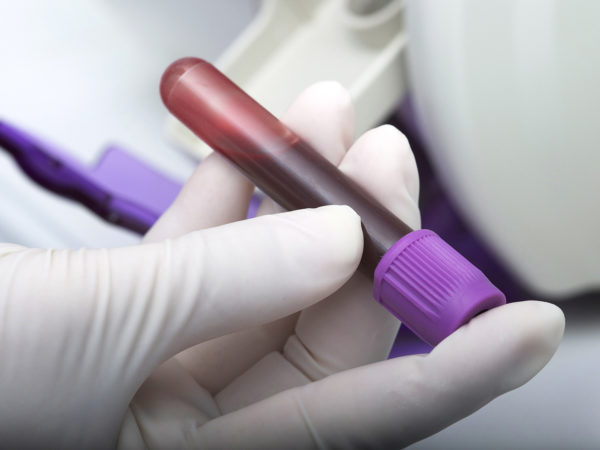Is Hair Analysis Worthwhile?
I’ve been under the impression that hair analysis is useless, but I’ve recently heard that it can actually help predict heart disease and stroke. Can you tell me if this is true, and how it works?
Andrew Weil, M.D. | July 1, 2013

Hair analysis has been widely promoted to identify or monitor trace minerals or toxins in the body, but is not reliable for these purposes. (It is more reliably used to determine usage of illicit drugs.) However, a new study from the Netherlands has found that the method can determine levels of the stress hormone cortisol and help assess the risk for cardiovascular disease. The researchers, from Erasmus MC (Medical Center) in Rotterdam, reported that changes in cortisol levels over several months can be delineated by analysis of strands of hair. They also found that seniors who had higher long-term levels of cortisol were more likely to have cardiovascular disease. In contrast to this approach of tracking cortisol levels over time, blood and saliva tests for the hormone provide only a “snapshot” of levels on the day the blood was drawn.
The Dutch researchers randomly selected a group of 283 seniors between the ages of 65 and 85 to participate in the study. The strands of hair measured just over one inch long and enabled the researchers to assess changes in cortisol levels over a three month period. Seniors with high levels of this stress hormone were more likely to have a history of coronary heart disease, stroke, diabetes or peripheral artery disease (clogging in the blood vessels that carry blood to the arms and legs).
The study’s lead author said that the data collected showed a “clear link between chronically elevated cortisol levels and cardiovascular disease,” but cautioned that additional research will be needed to explore the predictive value of long-term cortisol measurement and its usefulness in improving treatment and prevention strategies. The study was published in the May 2013 issue of the Journal of Clinical Endocrinology & Metabolism.
I’ve written about another type of hair analysis on this site in the past. Some “alternative” practitioners recommend these tests to assess mineral levels in the body and then prescribe dietary supplements on the basis of the results. However, the only accurate way to get this information is by measuring levels in blood. Exposure of hair to substances in shampoos or hair dyes can distort results. Furthermore, some mineral levels can be affected by your hair’s color, diameter, growth rate, the season of the year, your geographic location, and your age and gender.
Furthermore, normal ranges of minerals in hair have not been defined, and no correlation has been established between levels in hair and other indicators of nutritional status. The concentration of a mineral in your hair could be high even though you may actually be deficient in it. Or vice versa.
Finally, there are no standards for hair analysis of mineral status, which means that it’s likely you could get different results if you sent hair samples from the same person, taken at the same time, to more than one laboratory.
I would be suspicious of any nutritional deficiency or disease diagnosed via this method alone. If you suspect that you might be deficient in some vitamin or mineral, check with your physician. A blood test can set your mind at ease or demonstrate any need to increase your intake of specific micronutrients.
Andrew Weil, M.D.









